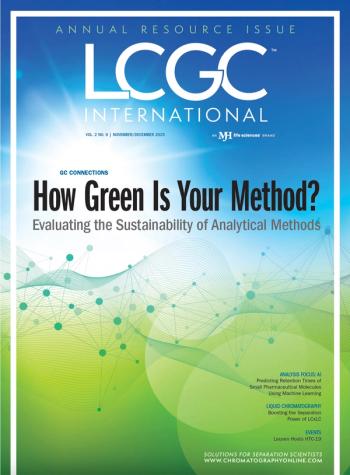
Waters podcast-FUTURE PROOF YOUR LAB
Everything you've ever wanted to know about UPLC: A practical guide to scientific and business achievement
Presented By
In this podcast series, we’ll be discussing how users can benefit from UPLC separations technology in their laboratories. We have heard all the hype about specifications from marketing, but what is it about this technology that, when in the hands of real users, allows them to achieve the scientific and business benefits that the chromatography community has proclaimed so widely in peer-reviewed journals, scientific meetings, and testimonials in the media?
Through a variety of topics and scientific examples, this series will help you to gain a better understanding of UPLC technology, how to realize the benefits for your applications, and how to easily adopt UPLC technology for instant chromatographic success.
Many HPLC users are concerned about recreating their separations on a UPLC system. What is unique about this new system is that it ensures HPLC methods run with the same chromatographic fidelity, minimizing validation concerns.
Add this Podcast feed to your media player
Main Podcast Page
Newsletter
Join the global community of analytical scientists who trust LCGC for insights on the latest techniques, trends, and expert solutions in chromatography.



